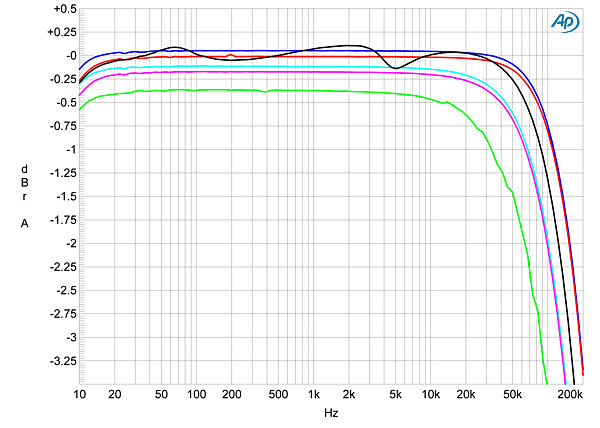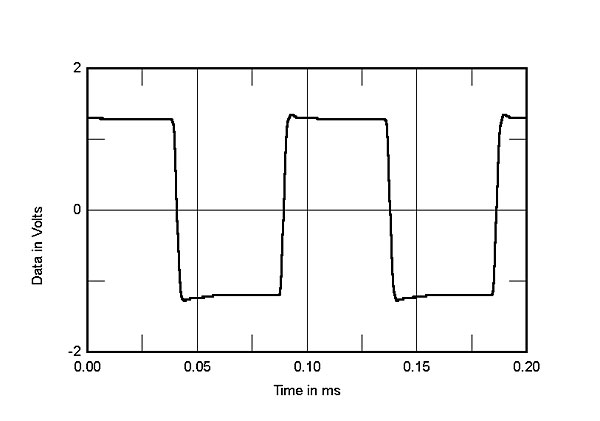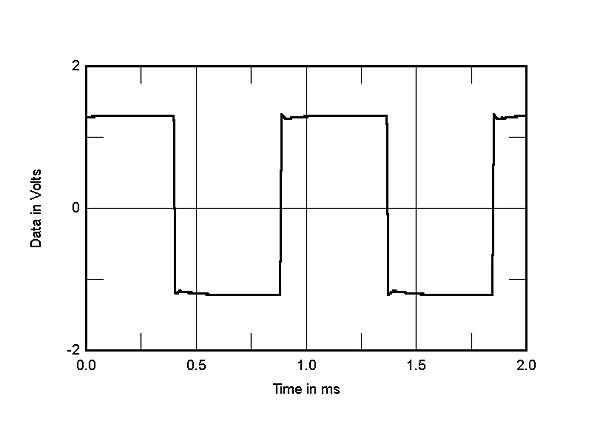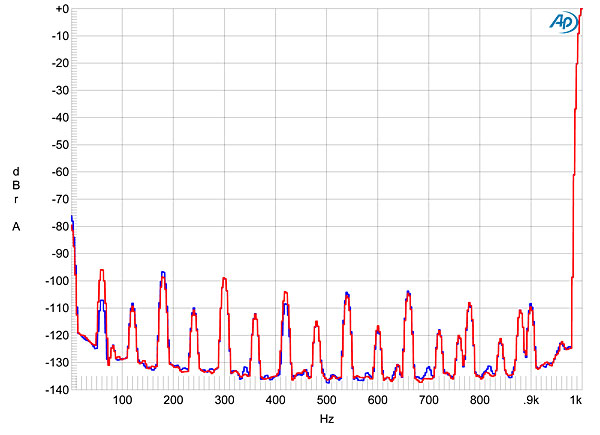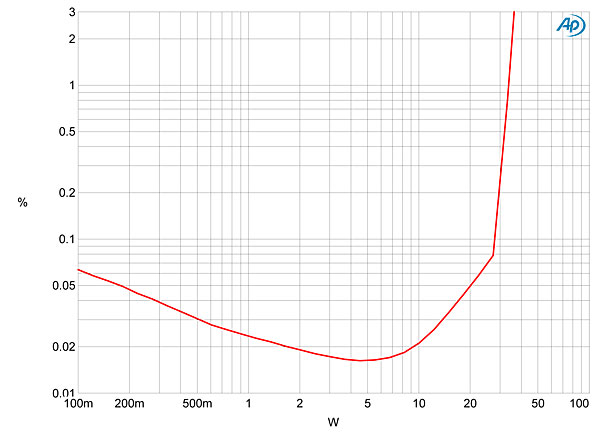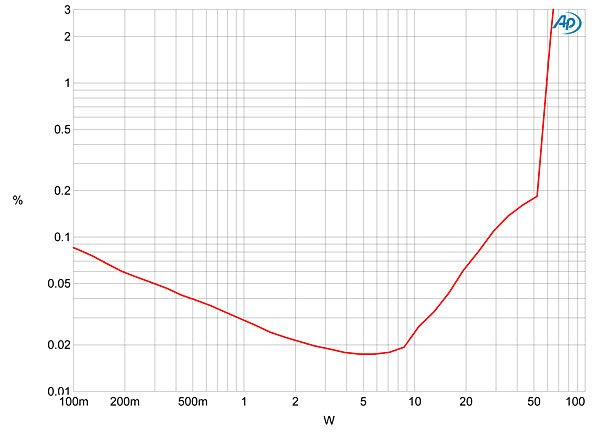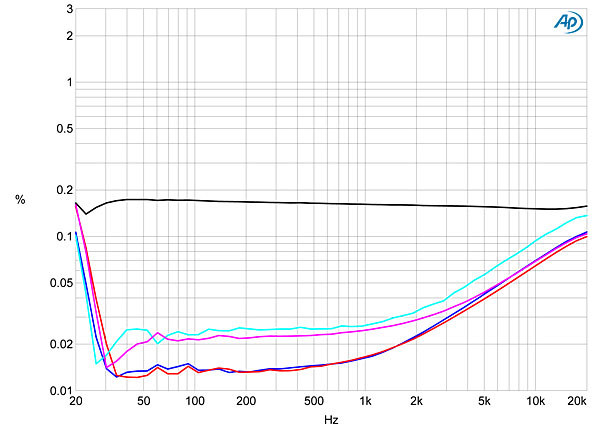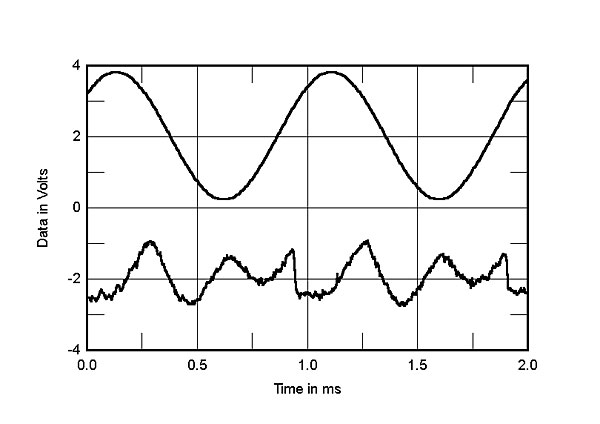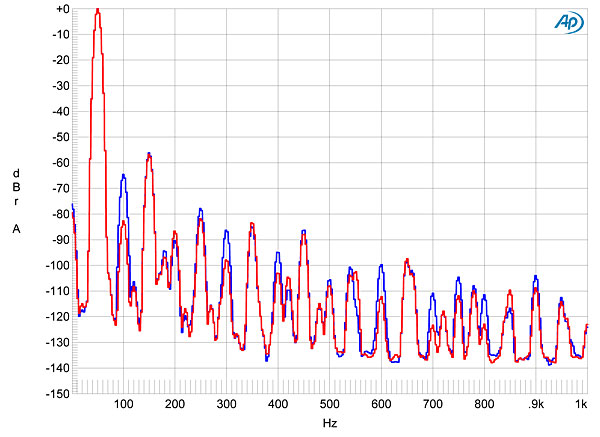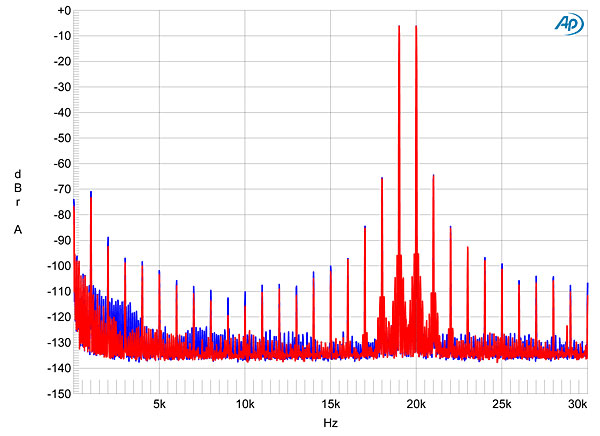| Columns Retired Columns & Blogs |
Hello,
I have been told that Lindell credit Audreal for the design and manufacturing of the AMPX and I was wondering how the Audreal PA-20 differs from the AMPX. Does the Lindell have that claimed A/B headroom that the PA-20 claims to have? Are they essentially sonically the same?
Thanks
